NVIDIA has consistently pushed the boundaries of GPU compute performance. This report examines the compute capabilities of NVIDIA GPUs, tracing their development from the GTX 980 to the anticipated RTX 5080 and 5090. We analyze how architectural changes and technological advancements have impacted performance across different generations.
The GTX 980, based on the Maxwell architecture, represented a significant step forward in its time. It offered a balance of performance and power consumption. Its compute capabilities, while notable for its era, are now dwarfed by newer GPUs. The GTX 980 provided a foundation for many compute applications, including early machine learning workloads.
The Pascal generation, with GPUs like the GTX 1080, brought substantial performance gains. Pascal introduced architectural improvements that boosted compute throughput. These GPUs saw increased use in deep learning training and other computationally intensive tasks. The GTX 1080 demonstrated the growing importance of GPUs for general-purpose computing.
Volta GPUs, exemplified by the Tesla V100, focused heavily on deep learning. Volta introduced Tensor Cores, specialized hardware designed to accelerate matrix operations crucial for deep learning. These cores significantly sped up training times for neural networks. The Tesla V100 cemented NVIDIA’s position as a leader in AI compute.
Turing GPUs, including the RTX 2080, brought further advancements. Turing added RT Cores for real-time ray tracing, and further refined Tensor Cores. While primarily known for gaming, the RTX 2080’s compute capabilities also benefited professional workloads. Turing GPUs demonstrated the convergence of graphics and compute.
Ampere GPUs, such as the RTX 3080 and A100, delivered another leap in performance. Ampere GPUs featured more powerful Tensor Cores and improved CUDA core designs. The A100, designed for data centers, offered exceptional compute power for AI training and high-performance computing (HPC). Ampere solidified NVIDIA’s dominance in the data center.
The Hopper architecture, powering the H100, is NVIDIA’s current flagship data center GPU. Hopper focuses on large-scale AI models and introduces the Transformer Engine, which accelerates transformer models. The H100 significantly increases performance for the largest and most complex AI workloads. Hopper reinforces NVIDIA’s commitment to pushing the limits of AI compute.
Looking ahead, the RTX 5080 and 5090, based on the Ada Lovelace architecture, are expected to continue this trend. While details are not fully available, it is anticipated that these GPUs will offer substantial improvements in both gaming and compute performance. Refinements to Tensor Cores, CUDA Cores, and other architectural elements are likely. It is expected that these GPUs will further enhance the use of AI in gaming, professional applications, and scientific research. Performance increases will likely come from architectural changes, increased clock speeds, and larger memory capacities.
The evolution of NVIDIA GPUs from the GTX 980 to the anticipated RTX 5080/5090 demonstrates a clear trajectory. Each generation has brought improvements in compute performance, driven by architectural advancements and specialized hardware like Tensor Cores. These advancements have enabled new applications in AI, HPC, and professional fields. NVIDIA’s focus on both gaming and compute has resulted in GPUs that cater to a wide range of users, from gamers to scientists. The company’s continued investment in research and development suggests that future GPUs will deliver even greater compute capabilities. This progression will likely continue to fuel innovation across various industries.

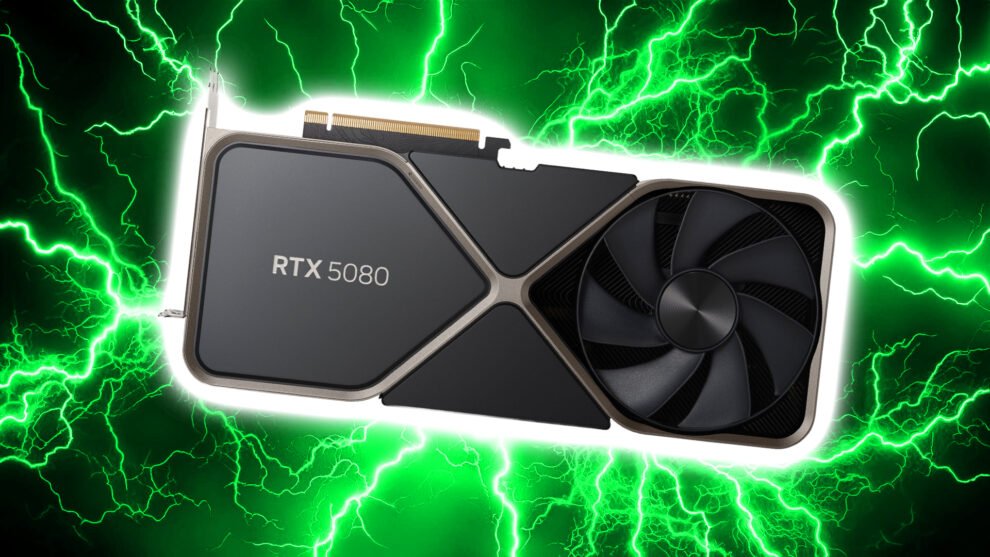







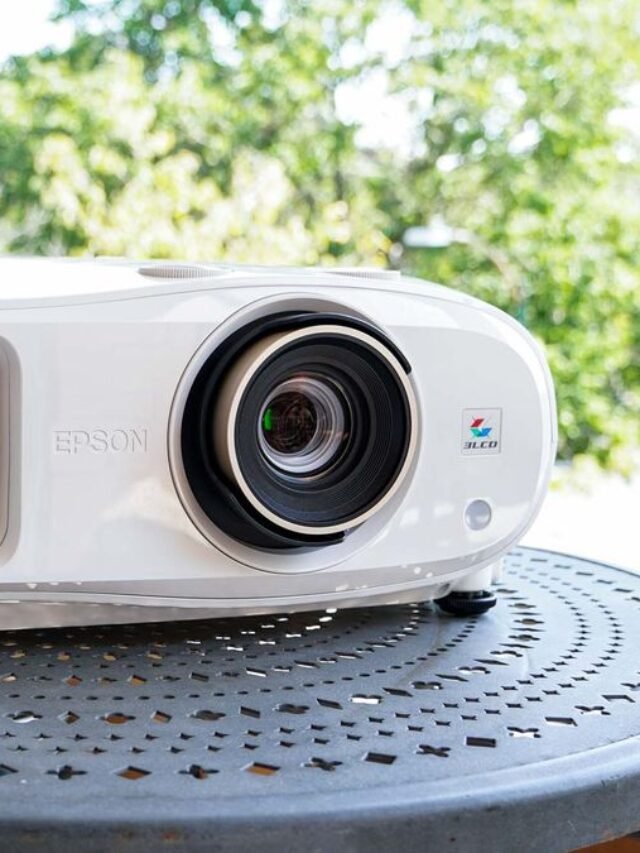
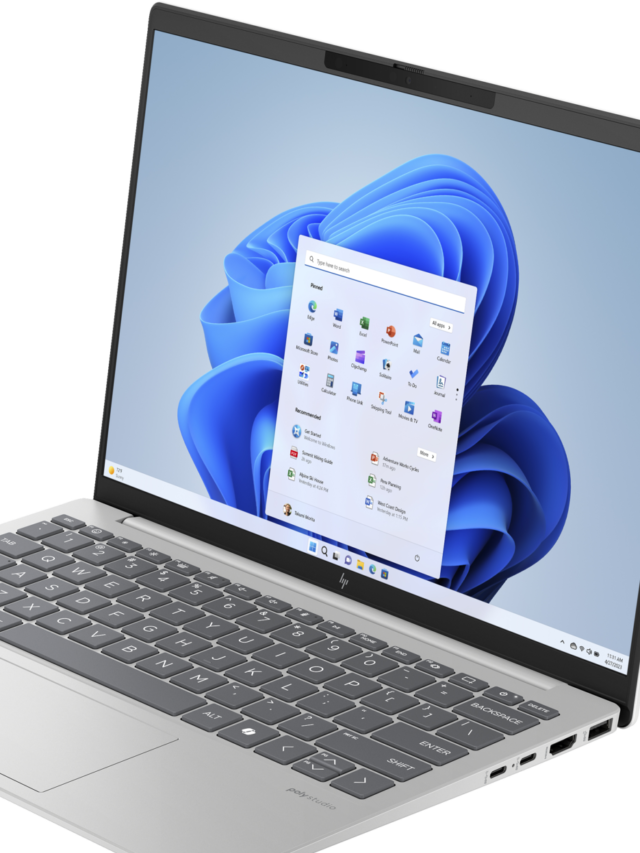


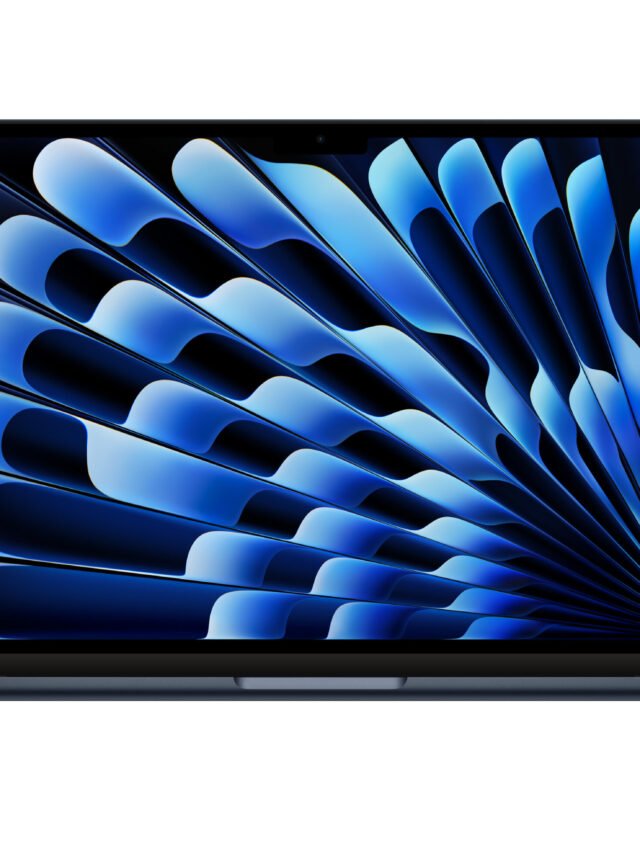
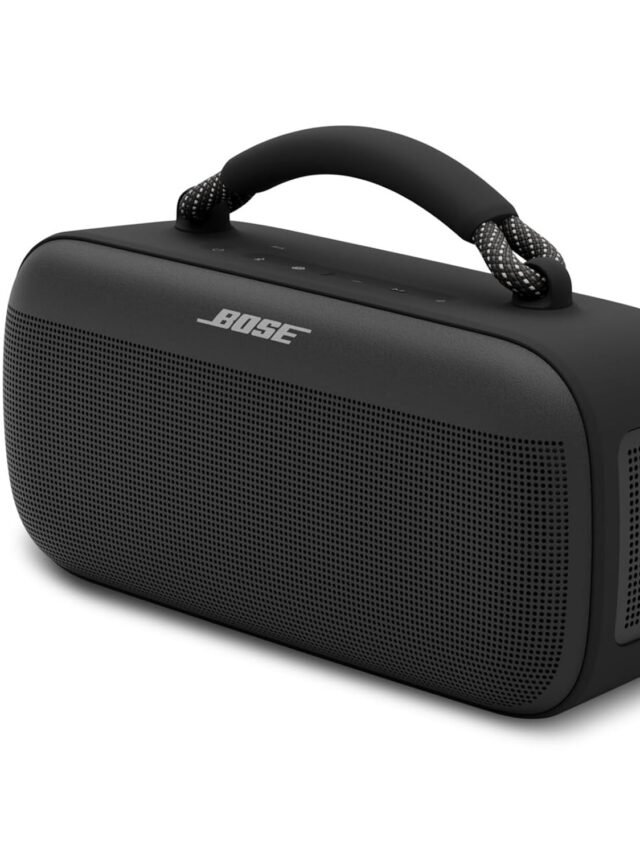
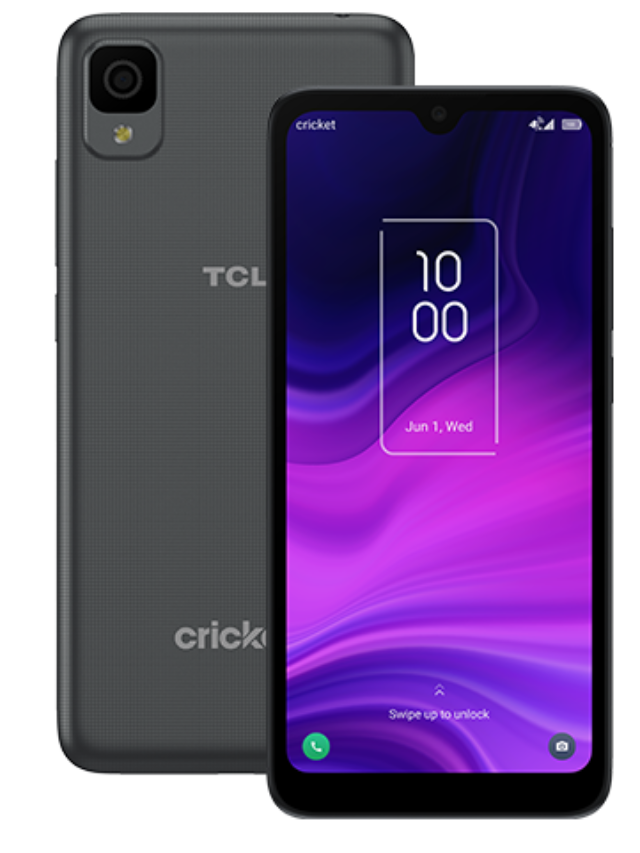


Add Comment